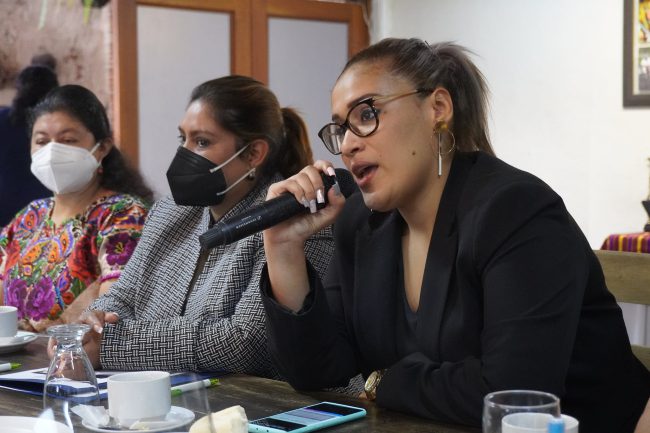Shining a light on inclusion

This blog is the first in a series written by NIMD Knowledge Advisor Dalila Brosto, dissecting common assumptions about inclusion and how new understandings can help our work in democracy support.
Everybody is talking about inclusion. It has become a buzzword in recent years, and its presence has been ubiquitous in academic papers, international organizations’ working papers and NGO newsletters.
The emphasis on “inclusion” in the Sustainable Development Goals (SDGs) has only expanded its relevance. When the UN adopted these 17 ambitious goals in a bid to transform our world by 2030, there was no doubt as to the focus on inclusion, with the term taking centre stage in goals 8, 10, 11 and 16.
Based on this context, my new blog series will try to unpack the meaning of inclusion across its different dimensions. After all, it is only when we understand what we mean by inclusion and its dimensions that we can make real plans towards achieving it. In this post, let us first examine what has brought inclusion to the limelight.
So, why all the fuss?
Arguably, the increased attention around inclusion is linked to the consequences of globalization and democratization. Economic growth has brought development, but also inequality. When growth only reaches certain parts of the population, many people around the world remain excluded from the benefits it brings, including access to water, sanitation, durable housing, education and employment.
Democratization and the demand for equal rights have increased the engagement of less advantaged citizens. However, corruption, ethnic conflicts and organized crime still prevail and keep destabilizing weaker countries, excluding citizens from protection and sometimes forcing them to become asylum seekers.
So, while demand for equality is rising, equality itself is still out of reach, and people are more vulnerable than ever to the inequalities that exist in their societies and around the world.
But, what does inclusion mean?
The term ‘’social exclusion’’ was first used by the French socialist governments of the 1980s to refer to a group of people living on the margins of society. It then started to be used in the context of the EU objective of achieving social and economic cohesion. The policy discourse changed over time and now the positive or affirmative meaning of ‘’inclusion’’ has replaced its dialectic twin.
Although we tend to generalize the term “inclusion”, its meaning varies dramatically according to context and has different narratives. An inclusive society varies from country to country and region to region: the different histories, cultures, institutions and social structures in different places make some dimensions of exclusion – economic, social, or political – more salient and important than others. For example, homogeneous European countries tend to emphasize class conflicts, while racial cleavages are more prominent in the United States, South Africa, the Caribbean, and Brazil. And even though gender, age, migration, and disability are grounds for social exclusion in virtually all countries, the extent and salience of these social differences vary nationally too.
National and cultural contexts therefore shape the forms and dimensions of social exclusion as well as policy approaches towards social inclusion in economic, social, and political life.
Therefore, inclusion takes many forms, and it is difficult to use the same approach in different contexts. That is why, through this series of blogs, we insist on unpacking the different dimensions of inclusion to have a better understanding of the different routes towards achieving it. Hopefully, these insights will help to emphasize its relevance and to build a critical perspective, which will help us to analyze barriers to inclusion around the world.
______________________________________________________________